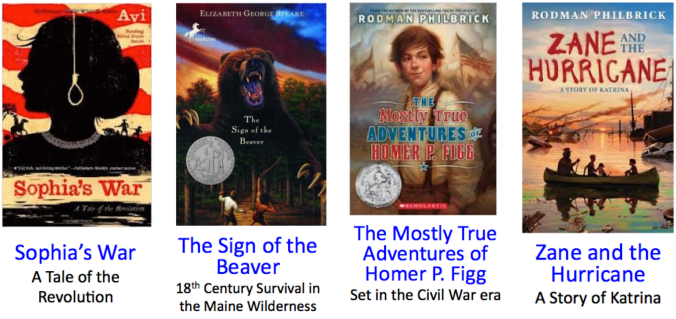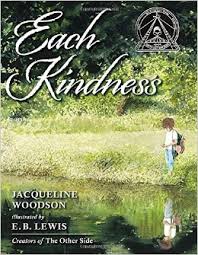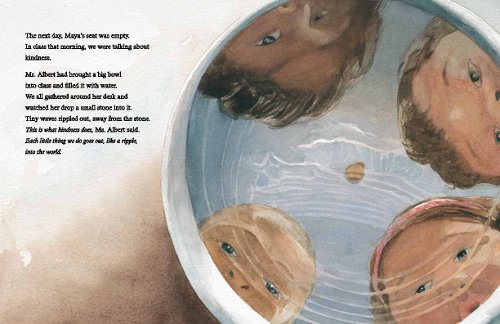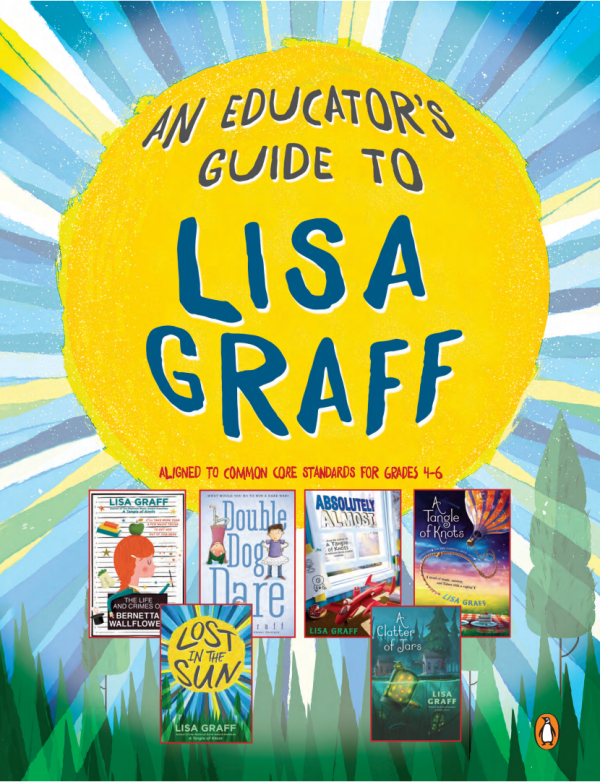This is for my teacher friends who run a flipped classroom. For those who haven’t already met him, I’d like to introduce you to…(drumroll) EdPuzzle. This little sucker is going to make your flipped classroom life easier and further engage your students.

With EdPuzzle, you can make your flip videos interactive. It’s similar to Socrative in that results are recorded in real-time and reports are produced for teacher review, making it easy to evaluate how students are performing and limiting the time you take to grade or review flip video answers with students.
During my preps, I typically look through my students’ notebooks, checking over their flip homework, checking for understanding so I know where I should pick up with our next lesson. I’m looking to see if there are common misunderstanding; do I need to review or reteach the material, or are we ready to push right along? In Math, I’m the teacher who never sits down and is constantly checking over student work as they complete independent problems. THIS, EdPuzzle, frees this time for me. Now, I can spend more time with the students who need it. As students complete their work and receive immediate feedback, I have more time to reteach or engage those who need additional instruction. The EdPuzzle analytics allow me to review student progress on my computer so I can quickly and easily see who needs this time. It’s beautiful.
Here is a short and basic video that shows how an EdPuzzle video works and looks to students.
Here’s what you need to know.
Teacher benefits:
- You can turn any video into your own flip. You can use resources from others that have been posted to YouTube and the like, or you can upload videos of your own.
- You can prevent skipping. The analytics show a completion percentage, so you know who completed the full assignment.
- Like Edmodo, you can add a due date to assignments.
- You can embed questions throughout the video. The video pauses automatically and moves forward only when students respond. THIS is gold!
- You can provide feedback responses to show after a student has submitted an answer so they receive immediate feedback. I like that when I require students to submit answers to open-ended questions, they can see the correct answer immediately after along with an explanation if I choose to include one.
- A report is produced that shows completion, grade, and turn-in date. Multiple choice questions are graded for you. Grading open-ended questions is easy, simply check whether is was answered correctly or not and EdPuzzle will calculate the overall correct percentage.
- Grades are given as percentages out of 100, not letter grades.
- You can add a comment to a students answer. I use this to clarify a misunderstanding, give tips or provide encouragement.
My students are begging me to put all our math assignments on EdPuzzle because they love it so much. The immediate feedback is invaluable. Not only does it help them stay on task, but it is motivating. This is a tool that I plan to use frequently in math. If you’re flipping any subject, I strongly urge you to give this tool a try.
Here is the EdPuzzle promo video that gives a short overview.
I’m by no means an EdPuzzle pro, but if you have any questions about how to use it, feel free to comment and I’ll respond. Also, if you have a helpful EdPuzzle tip or success story, I’d love to hear it!


















